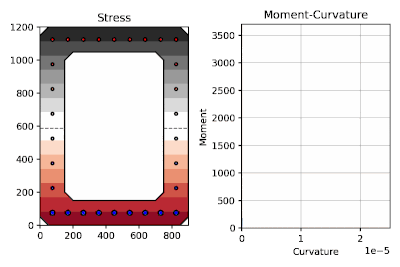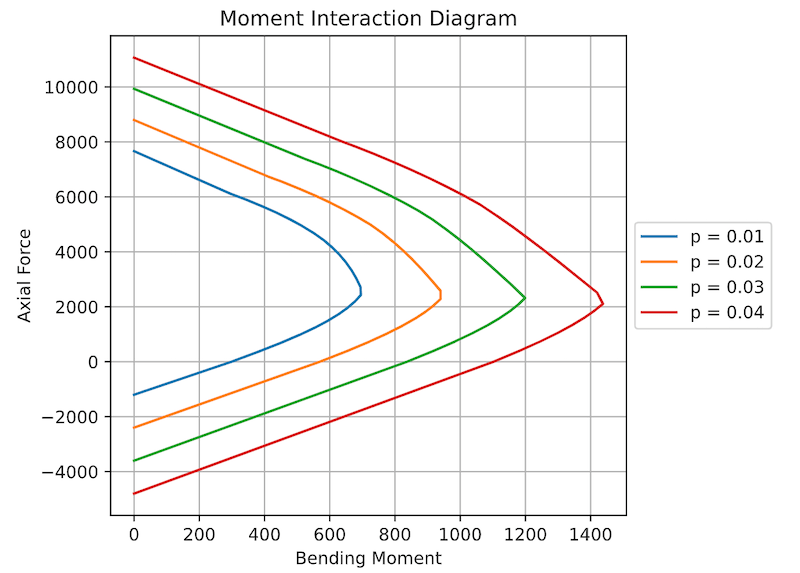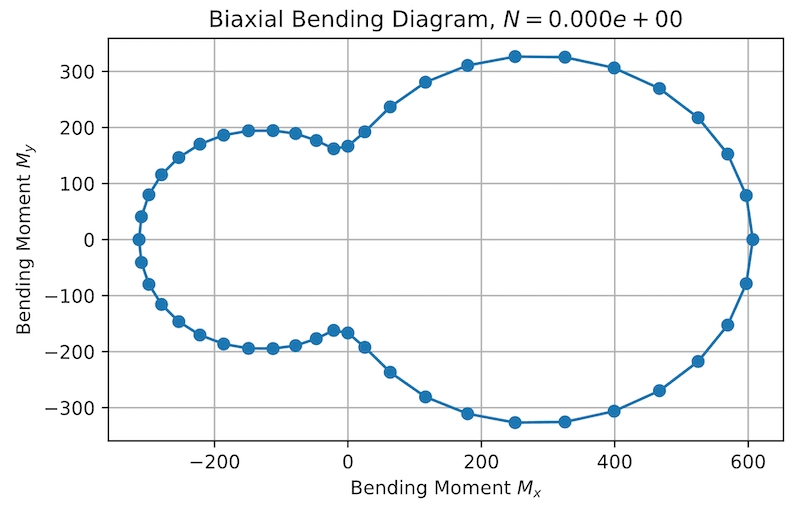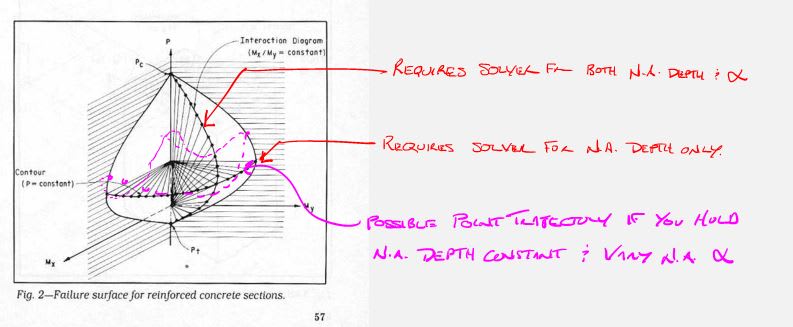-
4
- #1
handofthelion
Structural
- Jul 7, 2014
- 24
Introducing concreteproperties! This is built on top of sectionproperties to bring non-linear reinforced concrete section analysis to python!
Calculate gross, cracked and ultimate properties. Perform moment curvature analyses and generate moment interaction and biaxial bending diagrams. Create stress plots and use design code modules (currently supporting AS 3600:2018).
I'm currently looking for contributors to help implement other design codes. If you're interested have a read of this and get in touch on the discussions or issue tracker!
Here are a few examples of the output from concreteproperties:



Disclaimer:
concreteproperties is an open source engineering tool that continues to benefit from the collaboration of many contributors. Although efforts have been made to ensure the that relevant engineering theories have been correctly implemented, it remains the user's responsibility to confirm and accept the output. If you find any issues with concreteproperties, feel free to raise an issue and we'll look into a fix!
Calculate gross, cracked and ultimate properties. Perform moment curvature analyses and generate moment interaction and biaxial bending diagrams. Create stress plots and use design code modules (currently supporting AS 3600:2018).
I'm currently looking for contributors to help implement other design codes. If you're interested have a read of this and get in touch on the discussions or issue tracker!
Here are a few examples of the output from concreteproperties:



Disclaimer:
concreteproperties is an open source engineering tool that continues to benefit from the collaboration of many contributors. Although efforts have been made to ensure the that relevant engineering theories have been correctly implemented, it remains the user's responsibility to confirm and accept the output. If you find any issues with concreteproperties, feel free to raise an issue and we'll look into a fix!

